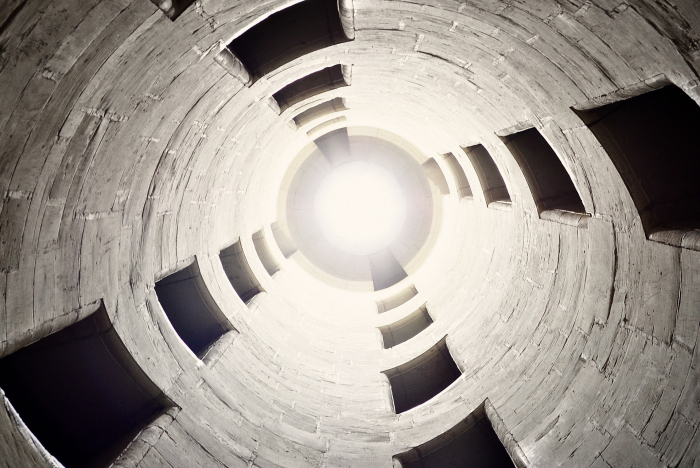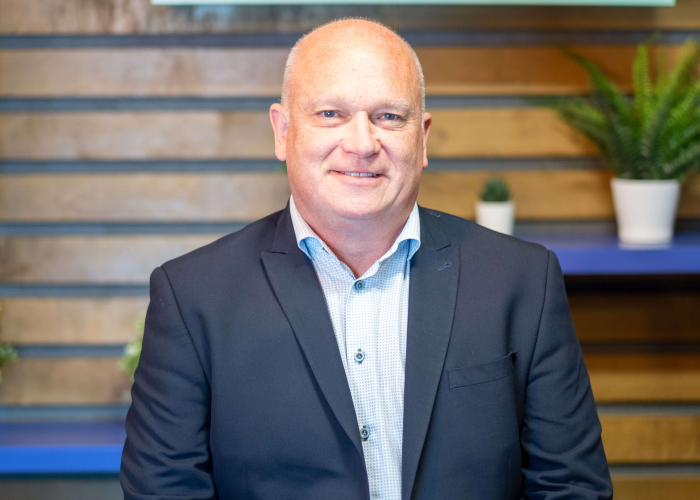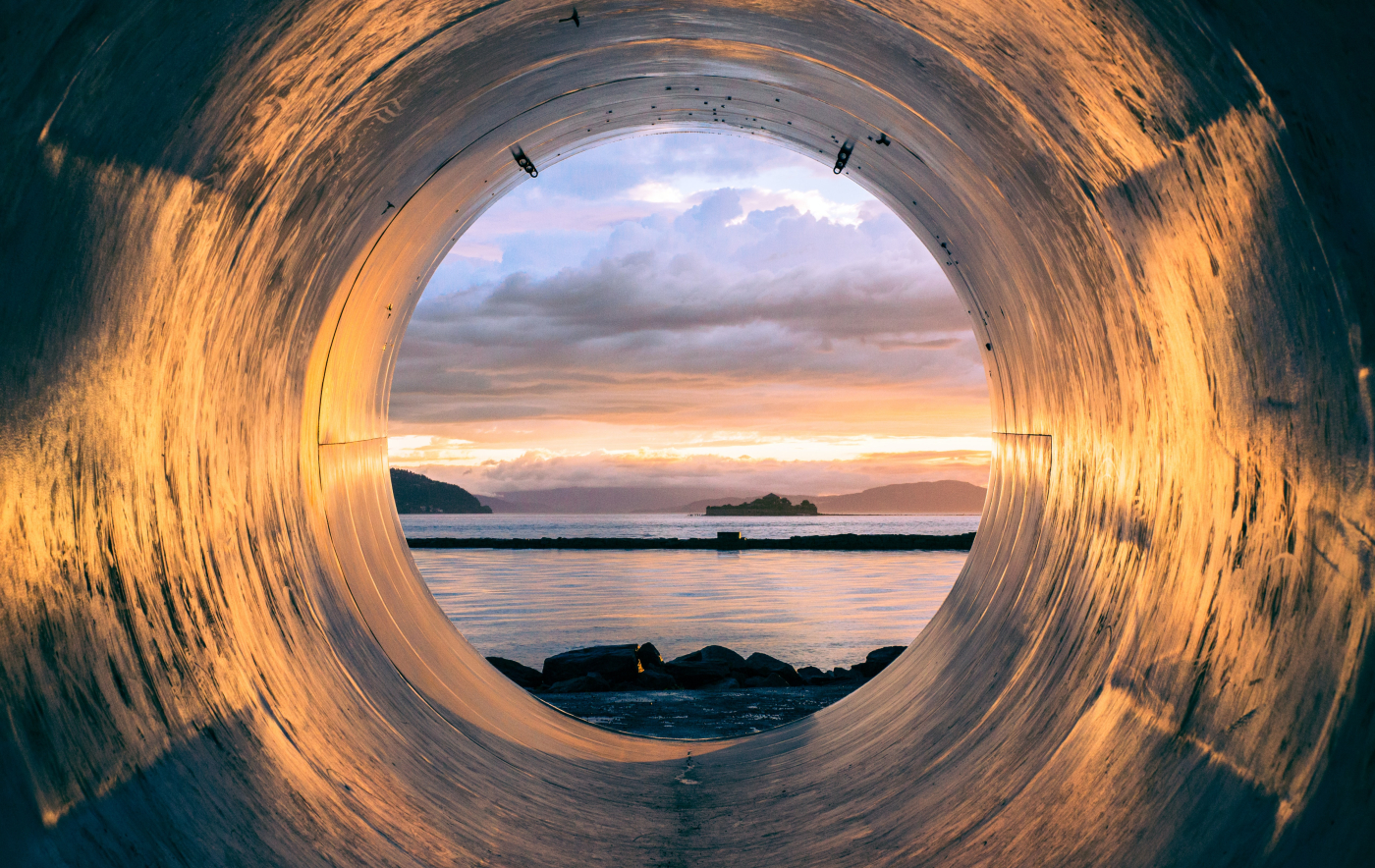In this series of articles, Dr Richard Brown gives a detailed account of his experience in confined spaces during his time as a health and safety practitioner. This is the final part but you can catch up on the first two parts here.
Final anecdote
This article has discussed how people frequently misunderstand confined spaces. To highlight this, one story in which I was personally involved underlines this. I approached the boiler in a power station, after hearing that a gas detection alarm had sounded over my radio. The confined space ‘top man’ had rightly emptied the boiler of personnel. The person whose alarm had sounded was feeling unwell and a first aider was called. Prior to any investigation of the space or gas levels, the Chief Engineer, accompanied by a number of engineering graduates started to enter the boiler. He was stopped by the top man and me, and his view was that the person whose alarm had sounded was unwell, and that was not really an issue for his team. After a long discussion of confined space hazards, the engineer had a moment of ‘dawning realisation’ when the risks of him entering the boiler (and those to his young team) were processed in his mind. He later said to me that he simply did not see the risk and thought that the risks were confined to the worker whose alarm had sounded. This moment was used to our advantage, and the subsequent safety flash was shared with the business. The engineer co-wrote it and presented it to the workforce, and his delivery was powerful and impactful. Our premise was that if a highly experienced engineer didn’t fully comprehend the risks of confined space entry, then we were all potentially susceptible to such a lack of hazard perception.
Confined space fatal injury is thankfully relatively low in the UK, and we have seen improved controls over the years. It appears however that in the US, confined space incidents are still causing high rates of fatal injury, and indeed a trend that is rising.
| Year | 2011 | 2012 | 2013 | 2014 | 2015 | 2016 | 2017 | 2018 |
| Fatal work injuries | 120 | 88 | 112 | 116 | 136 | 144 | 166 | 148 |
Table 1: US deaths from confined space entry[1]
Table 2: US confined space deaths by type[2]
The concerning, and rising fatality rate in the US indicates that the UK cannot rest on its laurels, regarding confined space entries. We must remain vigilant to the silent killer that is the confined space.
About the author
Dr Richard Brown is the head of the expert witness sector at Finch Consulting, and a practising expert witness and consultant. Richard spent most of his working life as an H&S practitioner in heavy manufacturing, power generation, construction, and logistics. He provides expert evidence in work at height cases, workplace transport and on the CDM Regulations in criminal matters, whilst providing safety management expertise to international engineering and construction arbitration and civil claims. Richard provides confined spaces management advice to industry as well as wider safety management topics.
He holds a PhD in safety culture and behaviours, an MSc in HSE management and a Post Graduate Diploma in process engineering and risk management. Richard is a chartered safety practitioner and chartered building engineer.
For any more information on confined spaces or anything else you’ve read here please contact [email protected].
To subscribe to the Finch Consulting newsletter for updates please click here.
[1] https://www.bls.gov/iif/oshwc/cfoi/confined-spaces-2011-18.htm
[2] https://www.bls.gov/iif/oshwc/cfoi/confined-spaces-2011-18.htm





